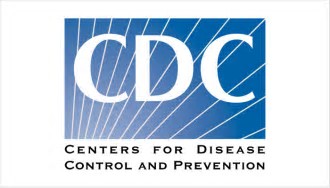As mandated in Federal OSHA Standard 1910.1030(f)(1), employers must offer the hepatitis B vaccination to…
Endocarditis Outbreak at an Oral Surgery Practice – Infection Control
Beginning in October 2014, the New Jersey Department of Health investigated and confirmed fifteen patient transmissions of bacterial endocarditis after oral surgery treatment at the same oral surgery practice. During the investigation, breaches of recommended infection control standards were identified that may have contributed to the transmissions. These include failure to perform hand hygiene and failure to maintain aseptic techniques when performing dental procedures and handling medications. Information about the outbreak is published in the February 2018 issue of the Journal of the American Dental Association.
Infection Control Recommendations in Dentistry
 Proper infection control procedures protect patients and dental staff by preventing the spread of transmissible infections. OSHA Review, Inc. recommends that all dental practices follow the Centers for Disease Control and Prevention’s (CDC’s) 2016 Summary of Infection Prevention Practices in Dental Settings: Basic Expectations for Safe Care, which closely mirrors the fundamental elements from the CDC’s 2003 Guidelines for Infection Control in Dental Health-Care Settings. Additionally, dental practices should follow state dental laws and OSHA’s Bloodborne Pathogens Standard.
Proper infection control procedures protect patients and dental staff by preventing the spread of transmissible infections. OSHA Review, Inc. recommends that all dental practices follow the Centers for Disease Control and Prevention’s (CDC’s) 2016 Summary of Infection Prevention Practices in Dental Settings: Basic Expectations for Safe Care, which closely mirrors the fundamental elements from the CDC’s 2003 Guidelines for Infection Control in Dental Health-Care Settings. Additionally, dental practices should follow state dental laws and OSHA’s Bloodborne Pathogens Standard.
The CDC’s 2016 Summary includes a comprehensive checklist that can be used to evaluate compliance with infection control standards.
Communicate Your Commitment to Patients
It is important to let your patients know that you are committed to patient safety and that you follow proper procedures for preventing infection transmission in your office. Some talking points for patients to show your office’s commitment to infection prevention and control are provided below:
- Make a firm statement that you follow stringent infection control policies and procedures, including CDC recommendations and state dental laws by performing the following for each patient – standard precautions, hand hygiene, PPE, cleaning, disinfection and sterilization, sterilizer monitoring.
- Make it known that you care about the safety and health of your patients and are committed to providing your patients with the best dental treatment.
- Post your sterilization certificate, maintain a clean, organized office, and always don new gloves/PPE in front of patients all help to show patients that proper infection control procedures are followed in the office.
Since 1992, OSHA Review, Inc. has provided dental professionals with comprehensive programs to support regulatory compliance and infection control. We are a registered continuing education provider in the state of California, specializing in Dental Practice Act, infection control, and OSHA training.


